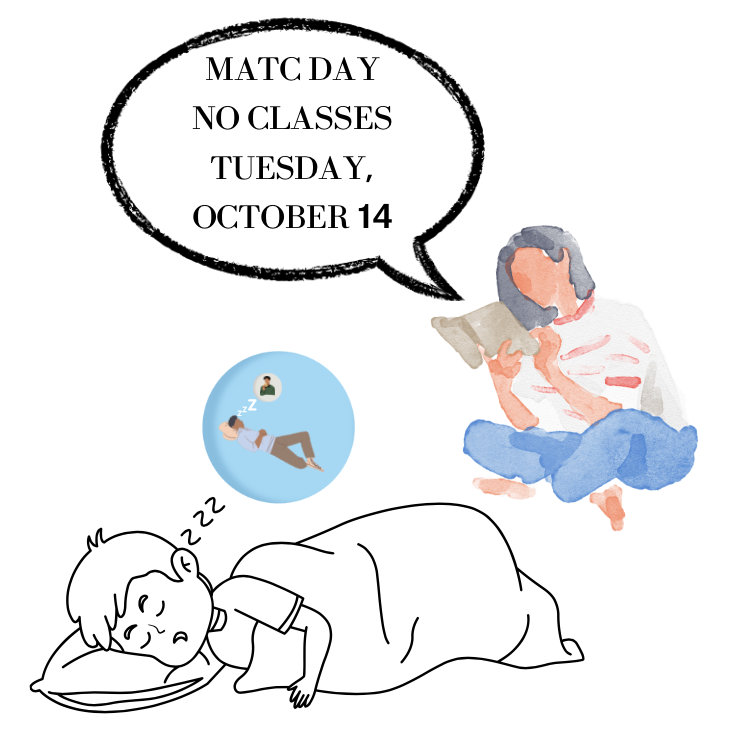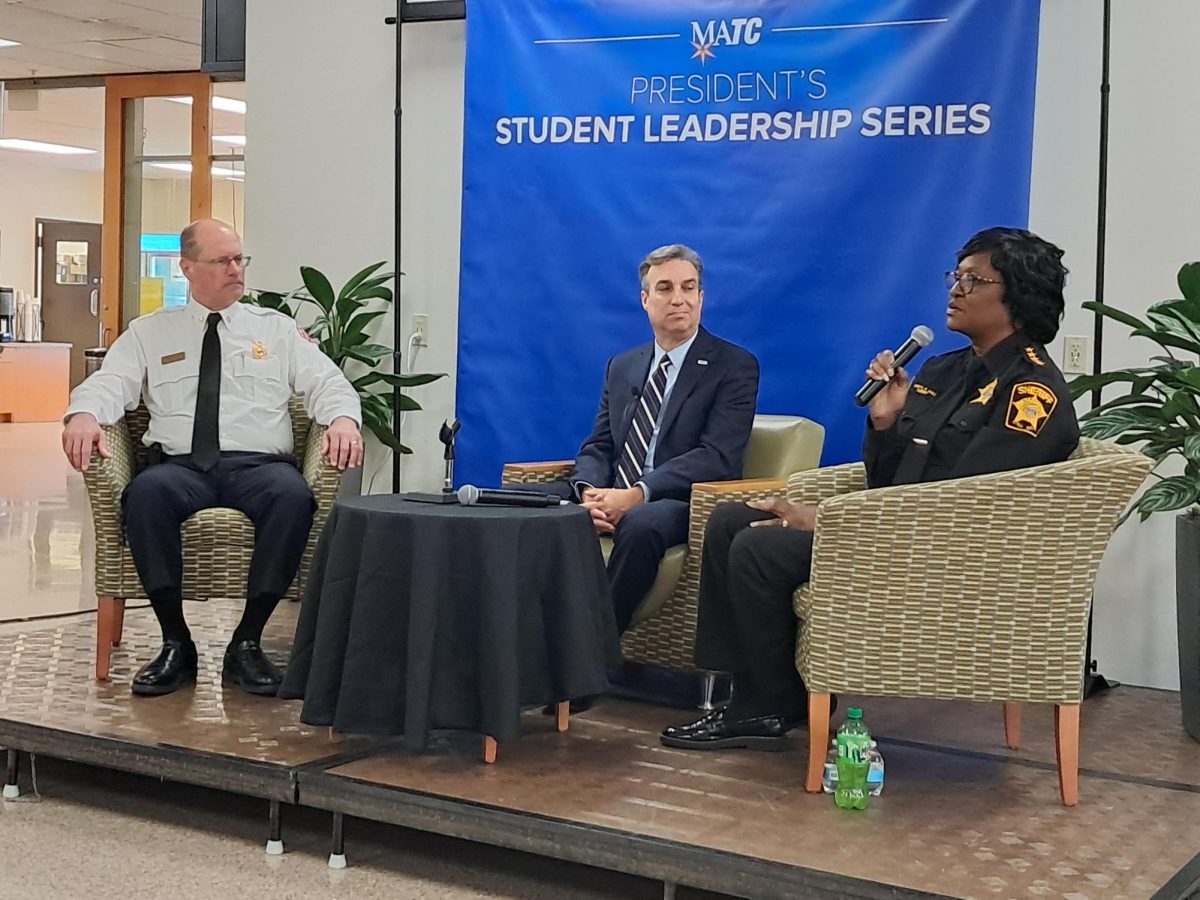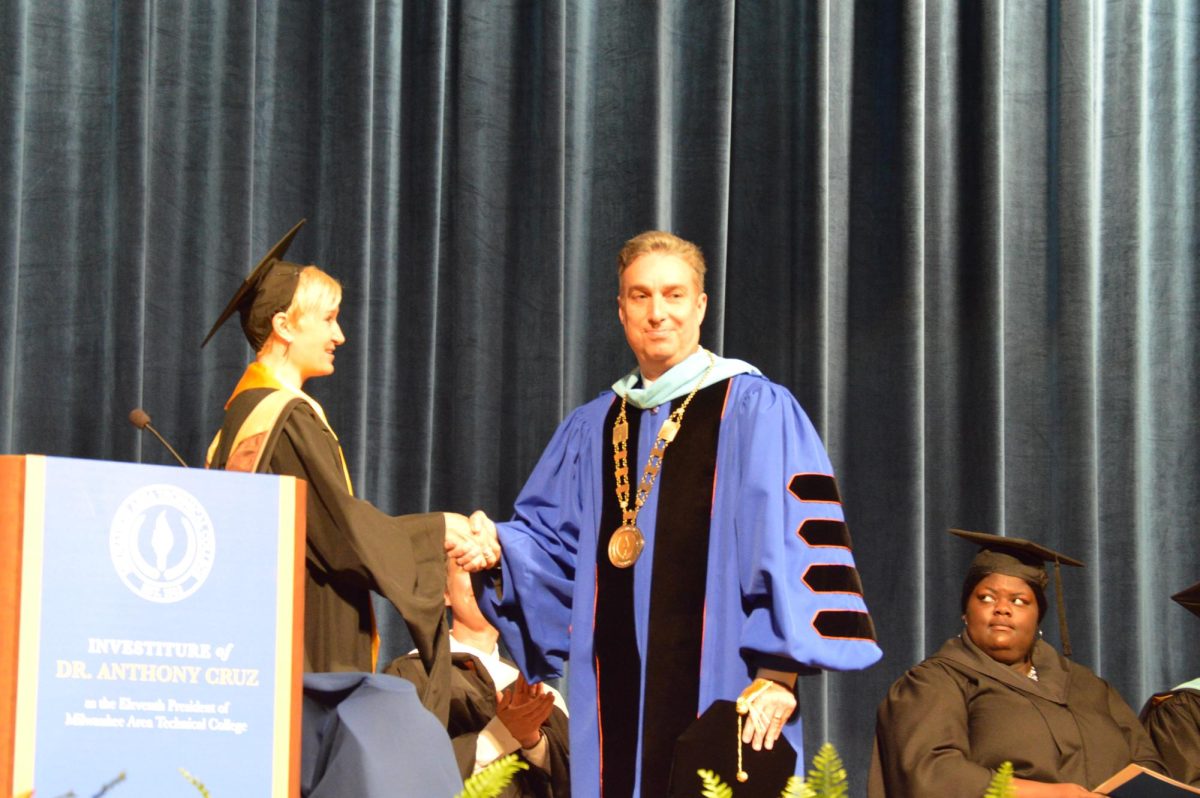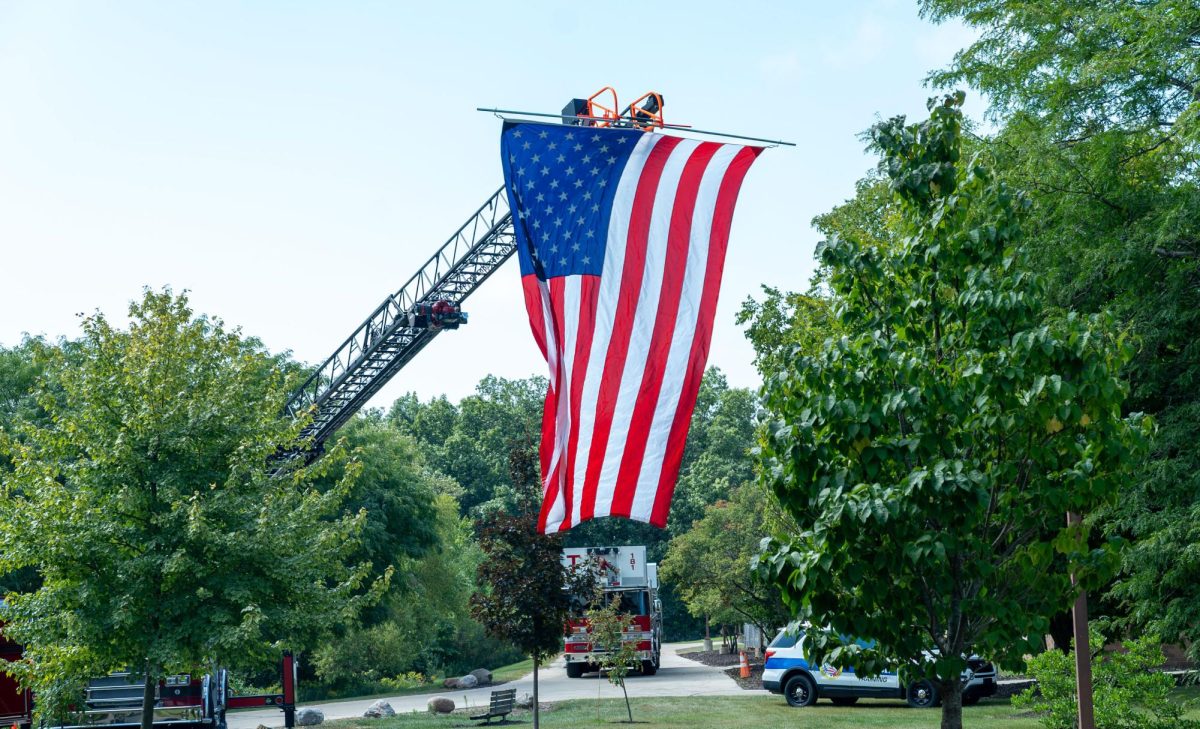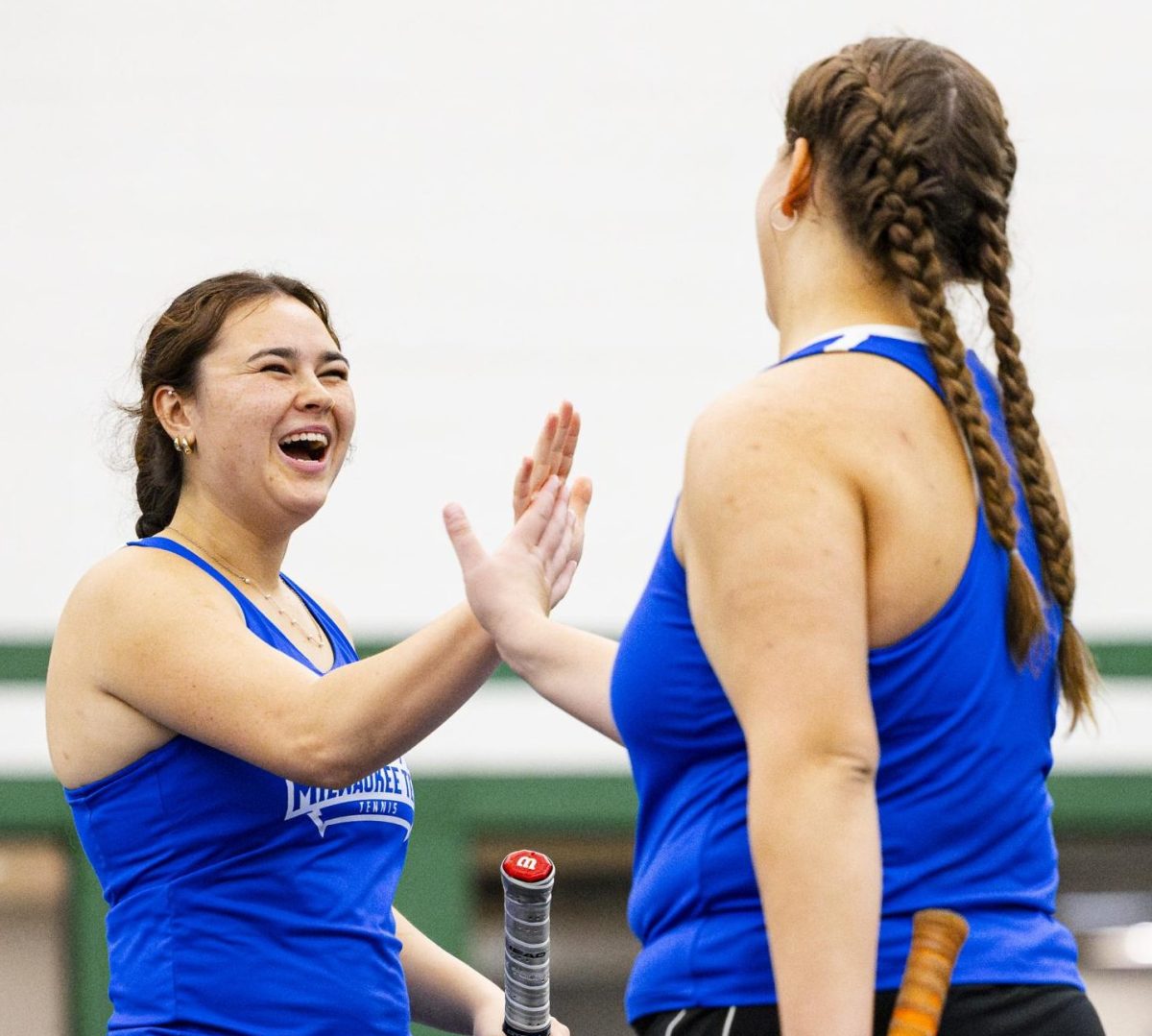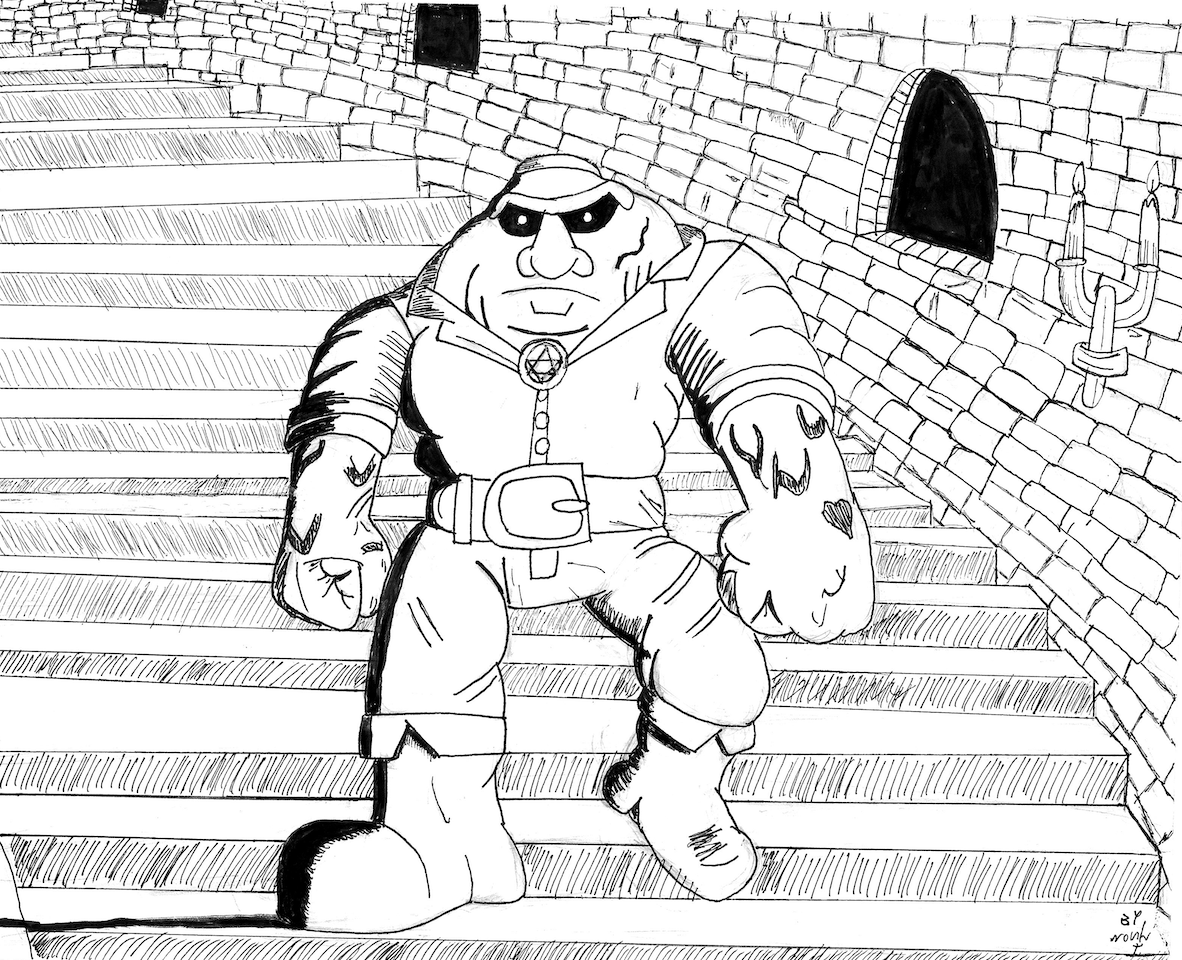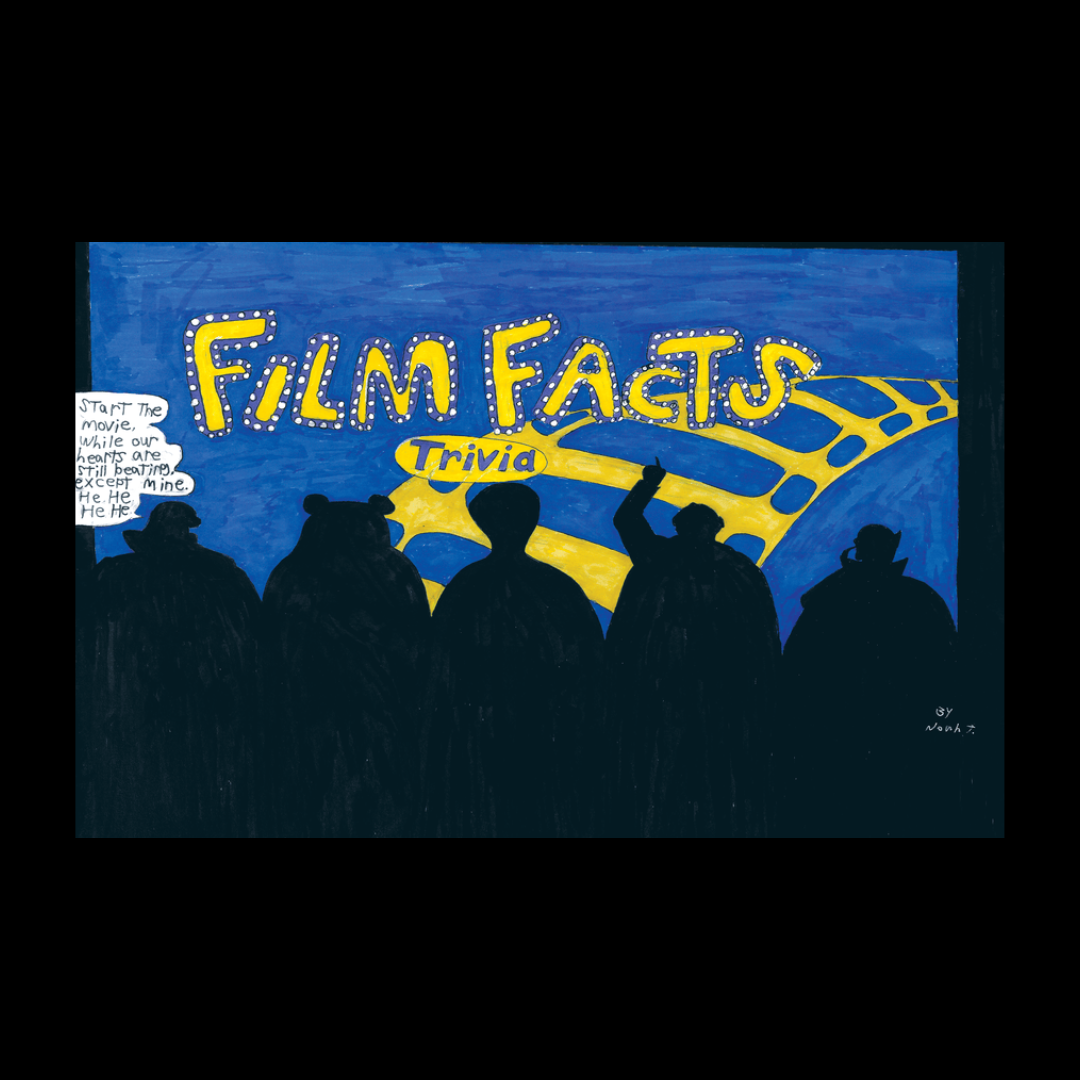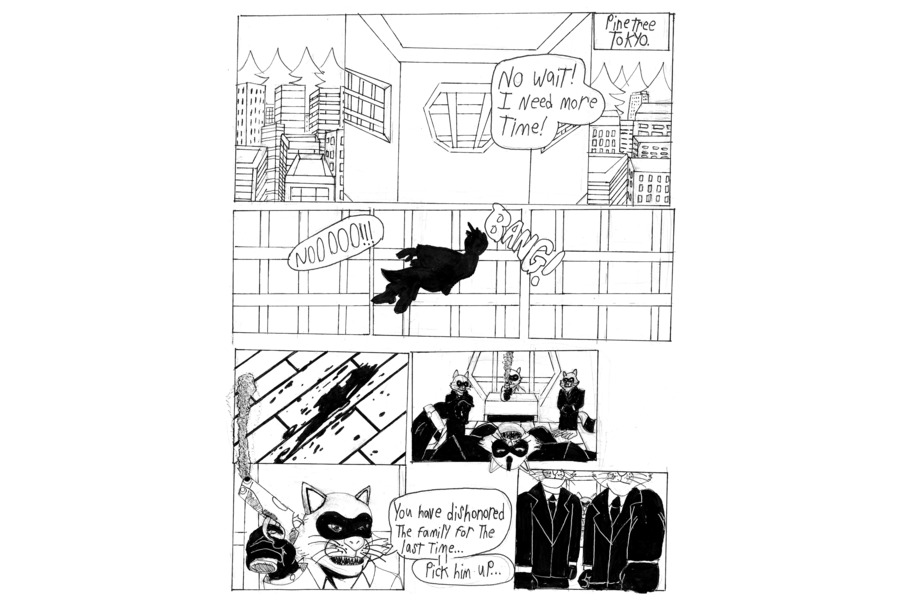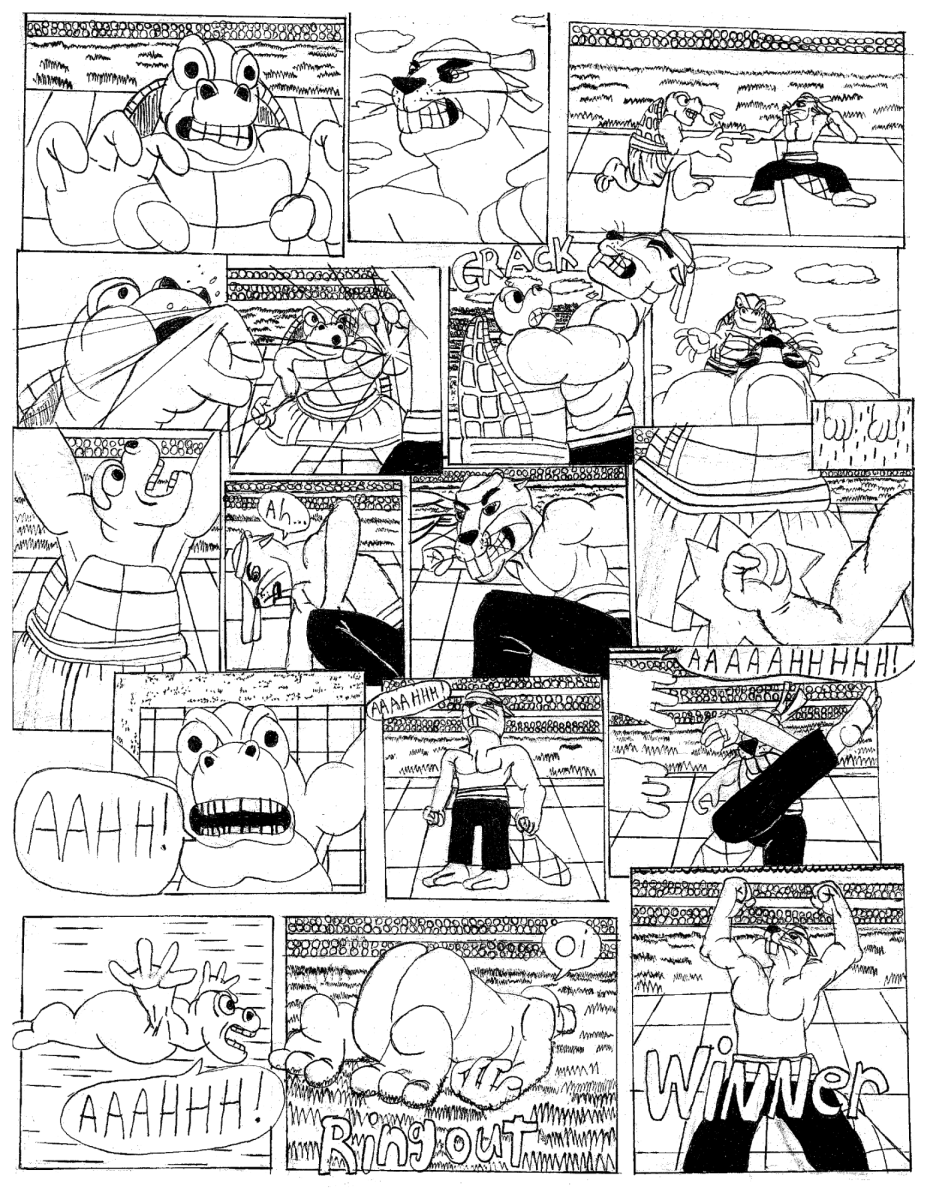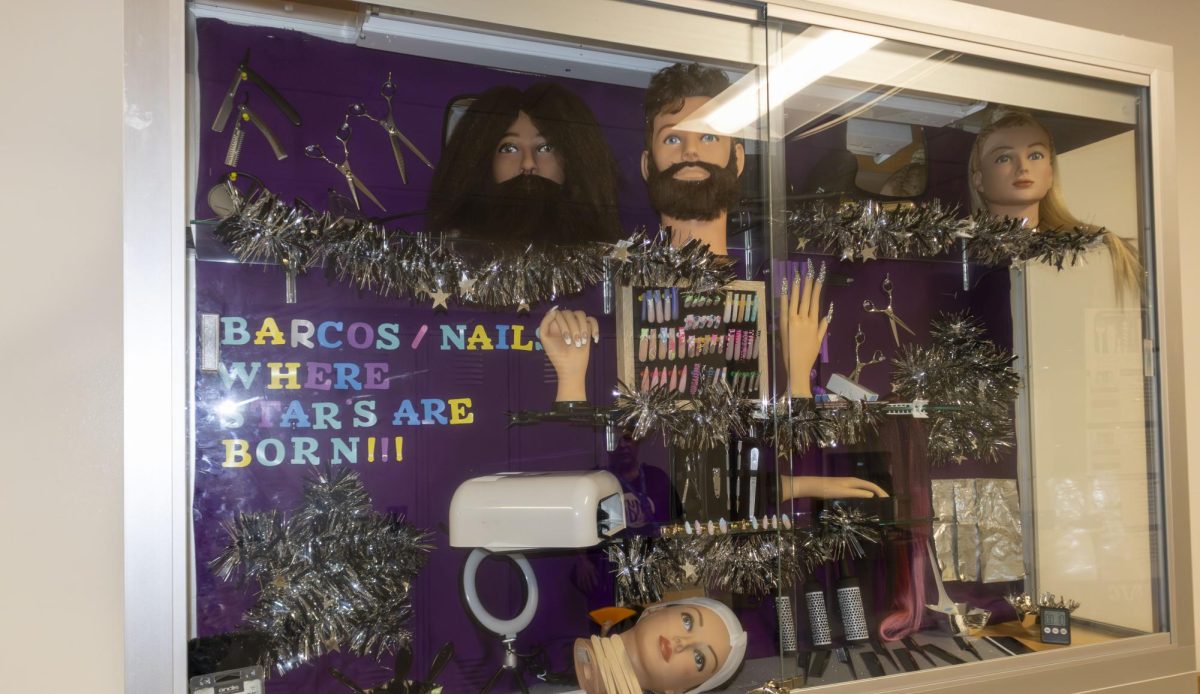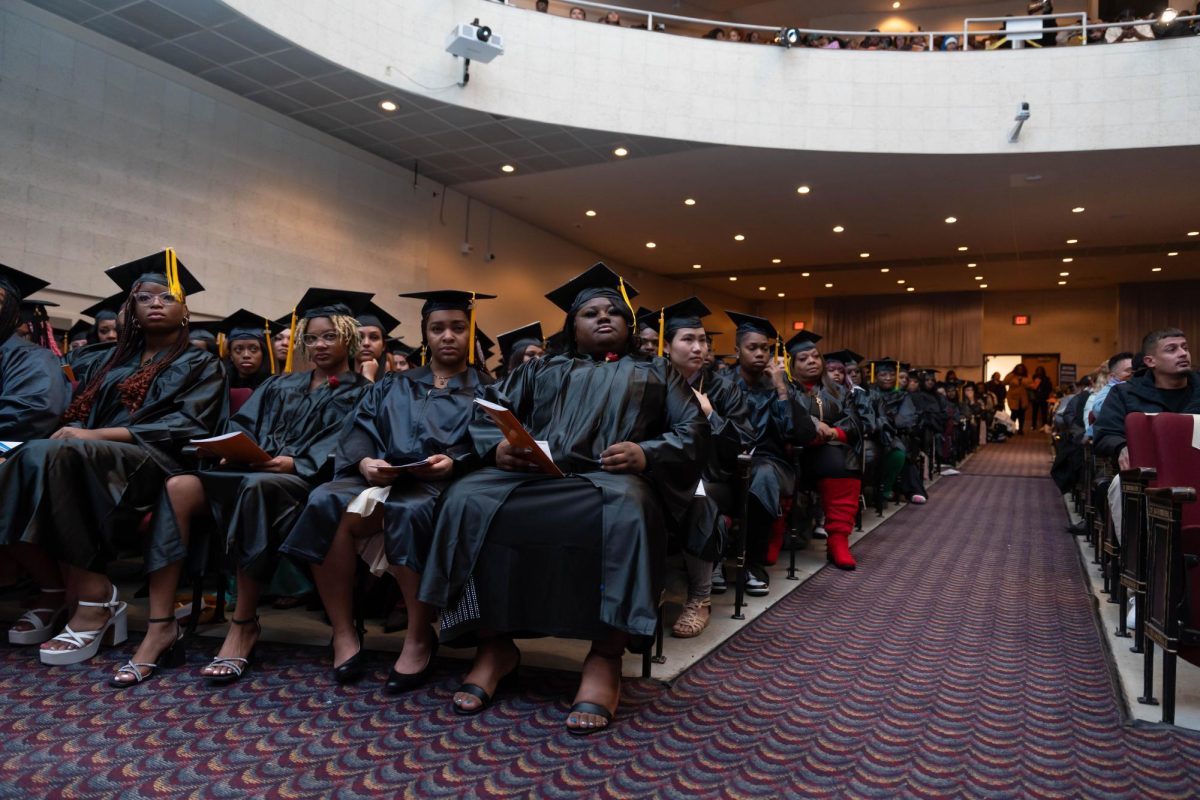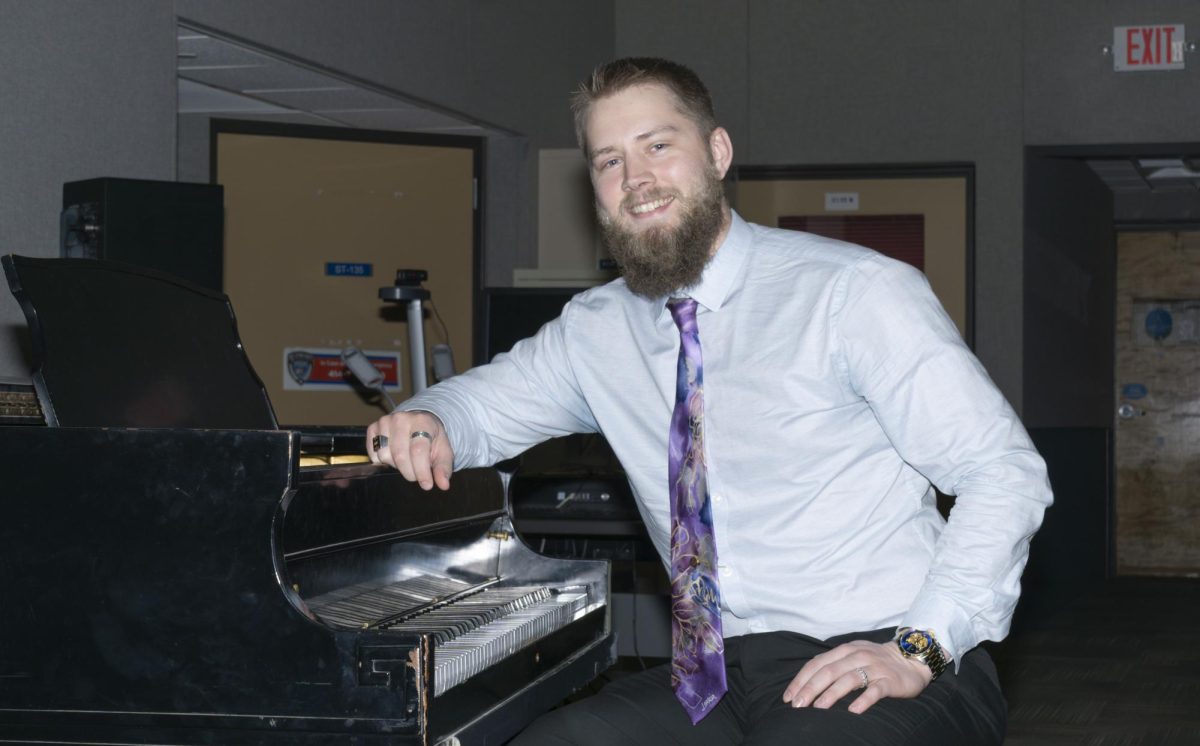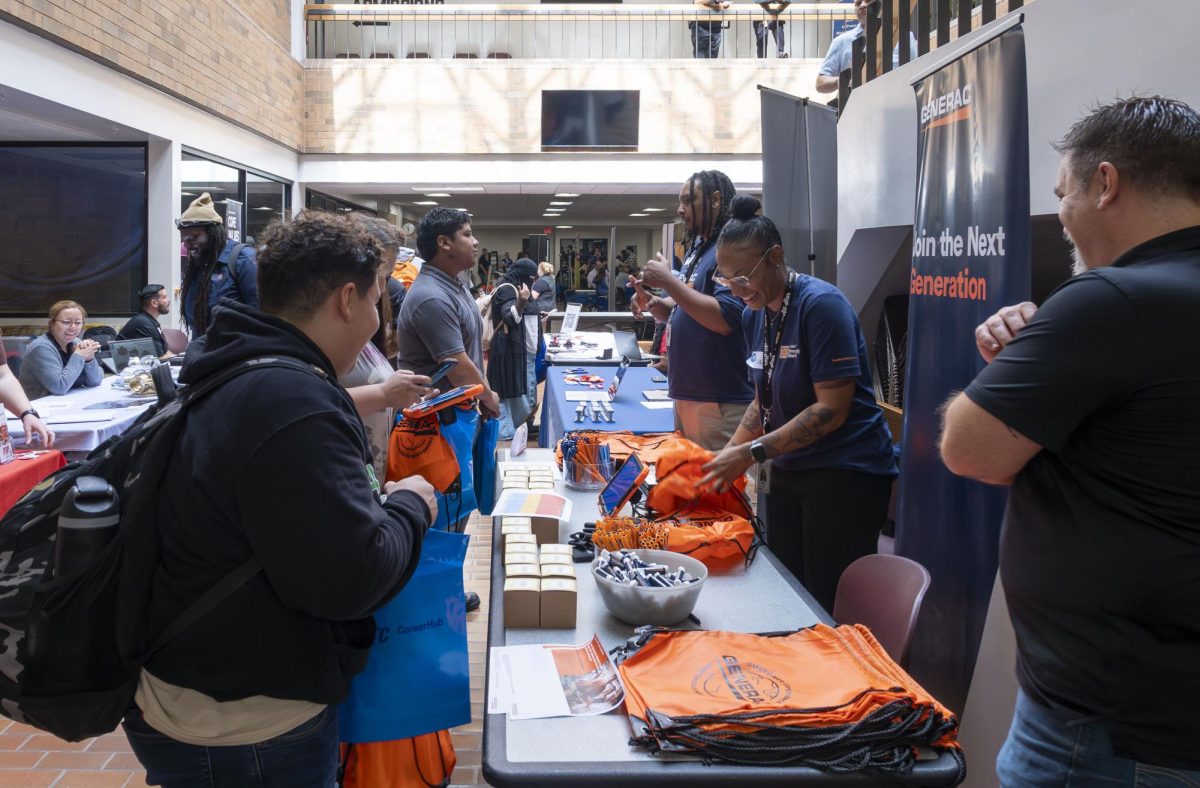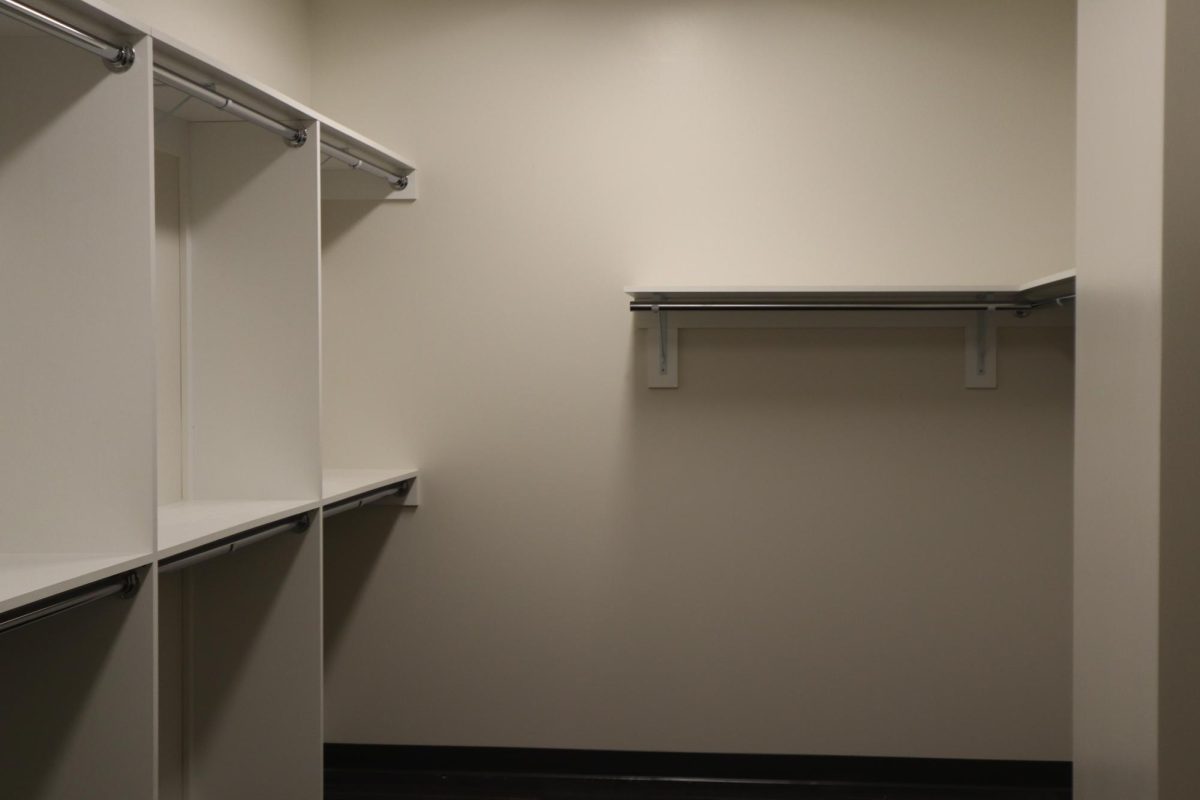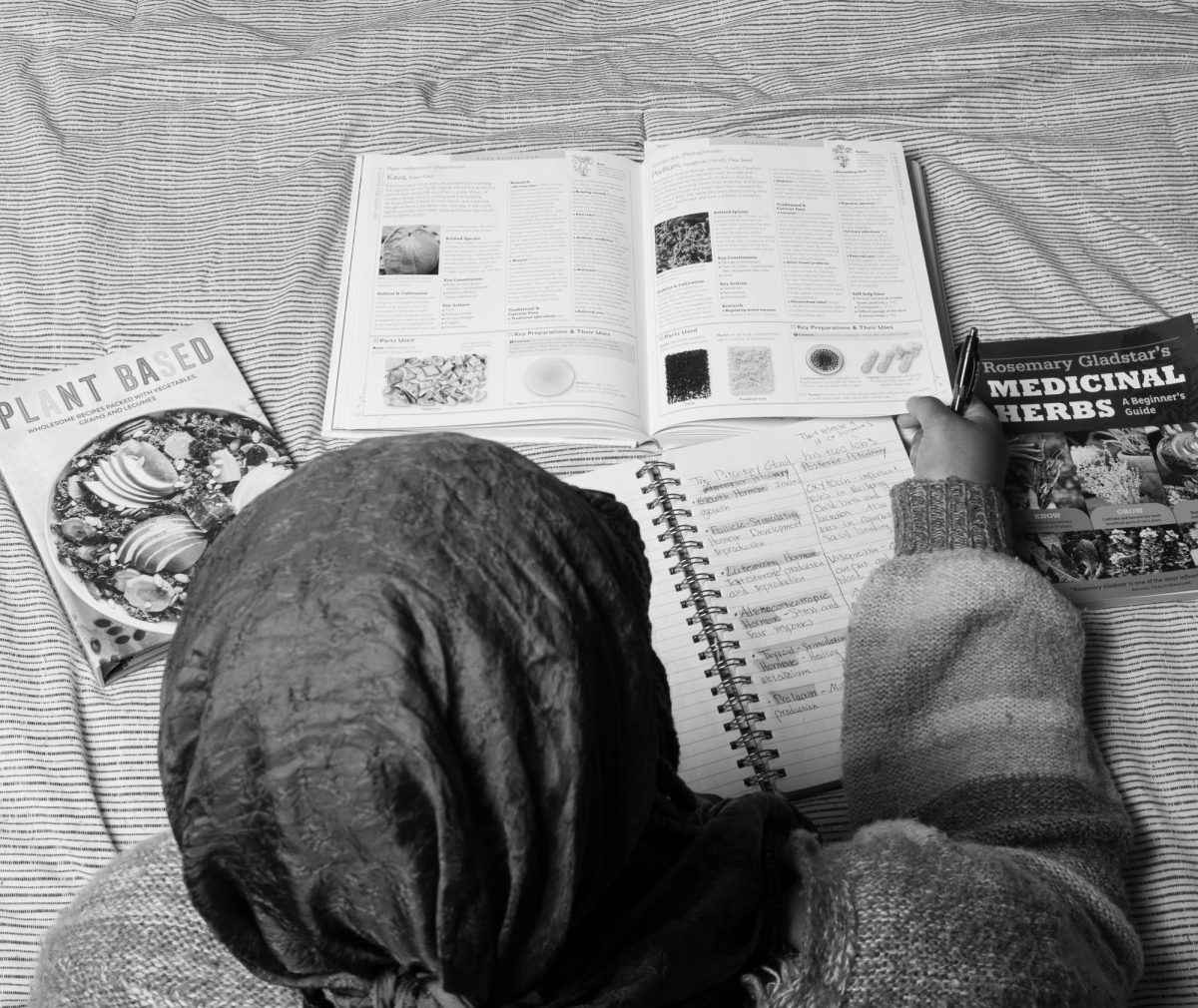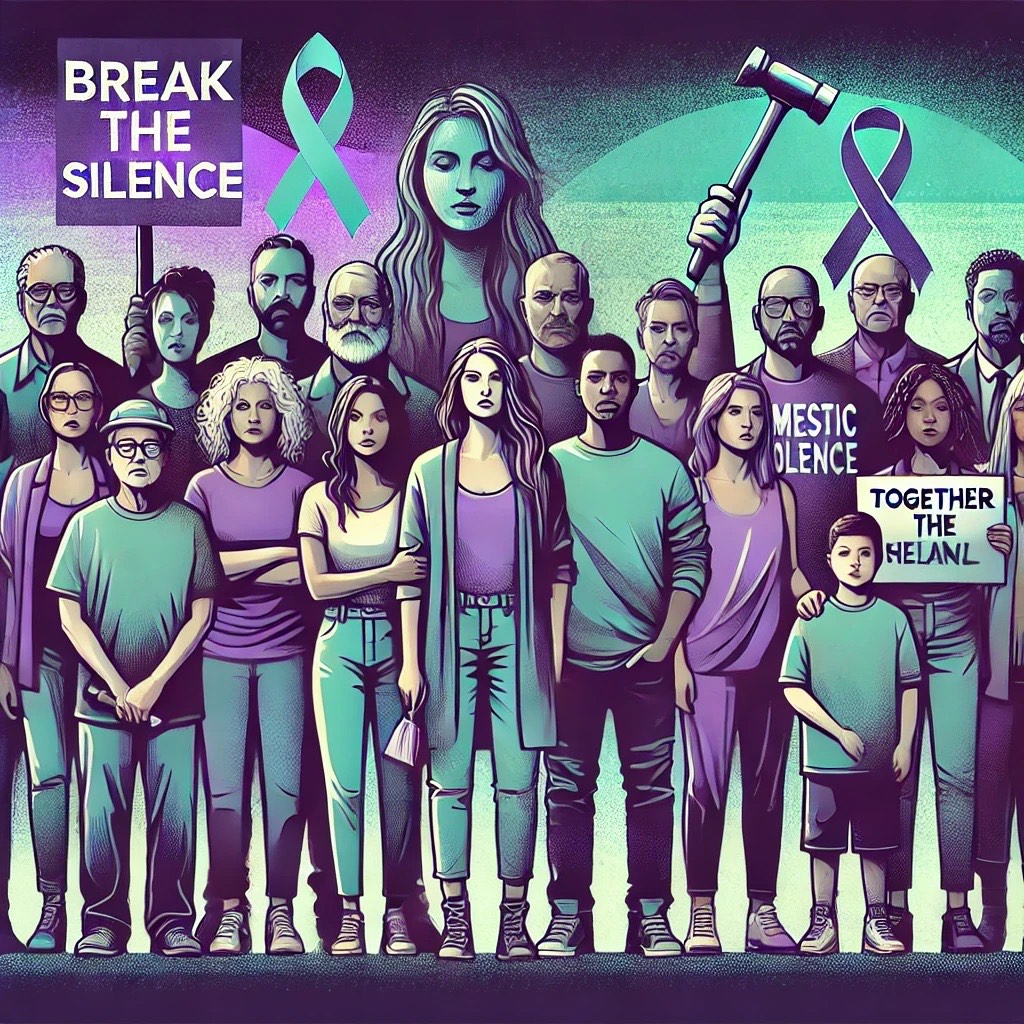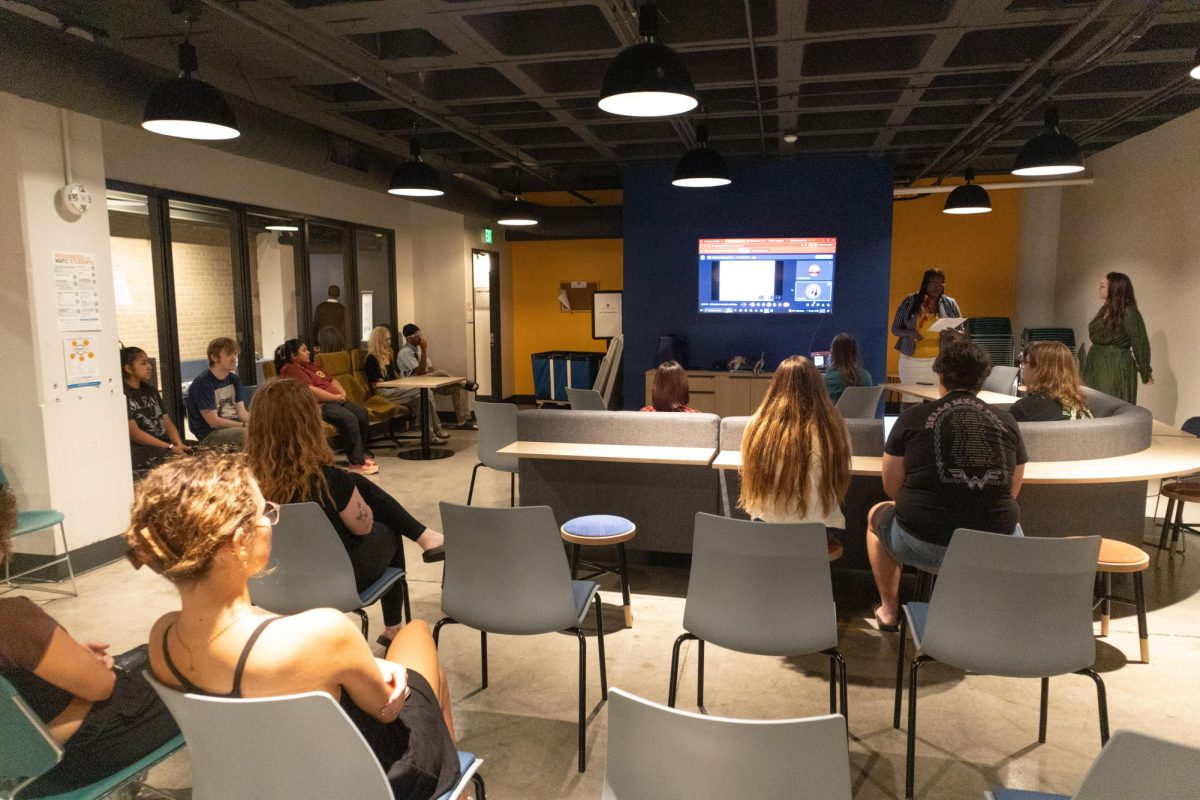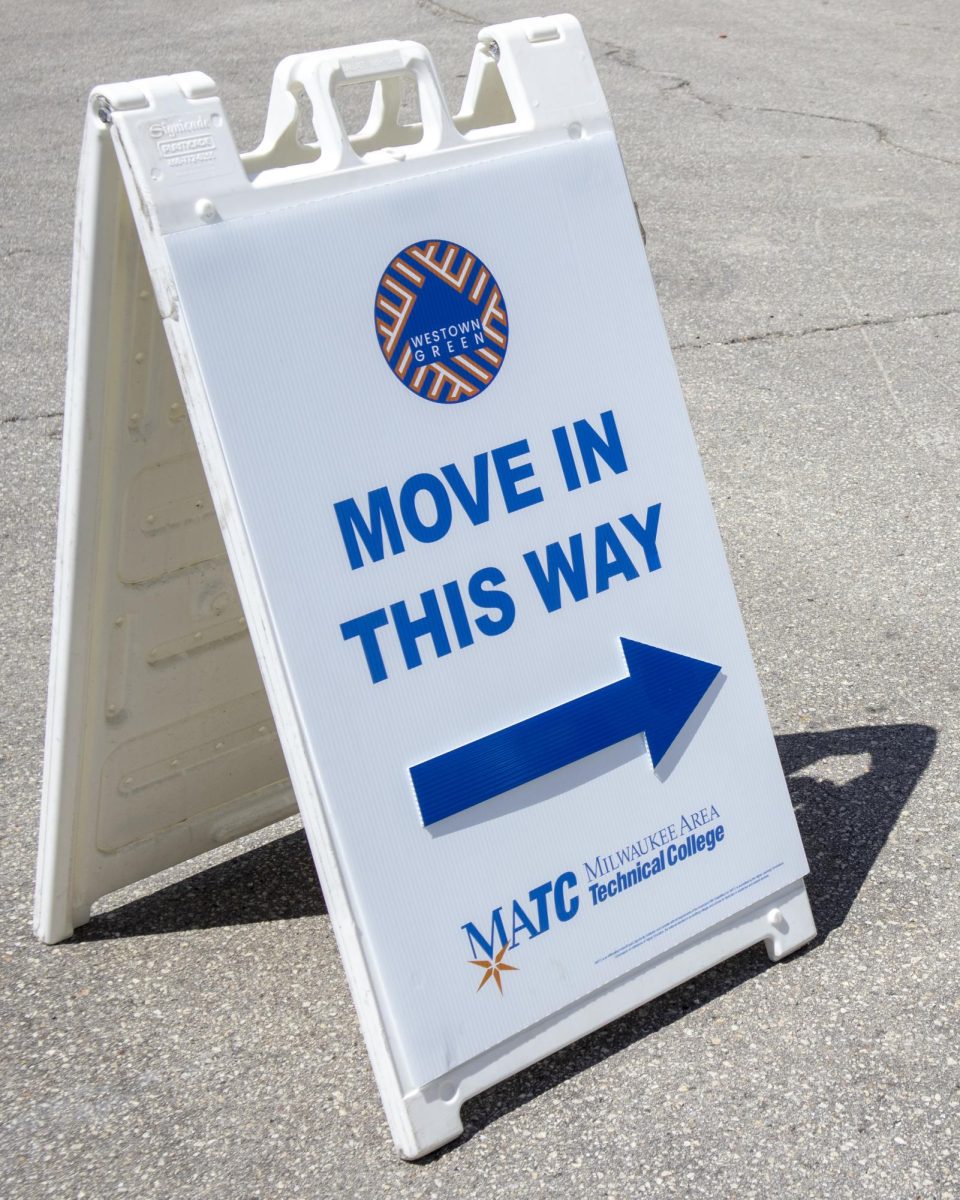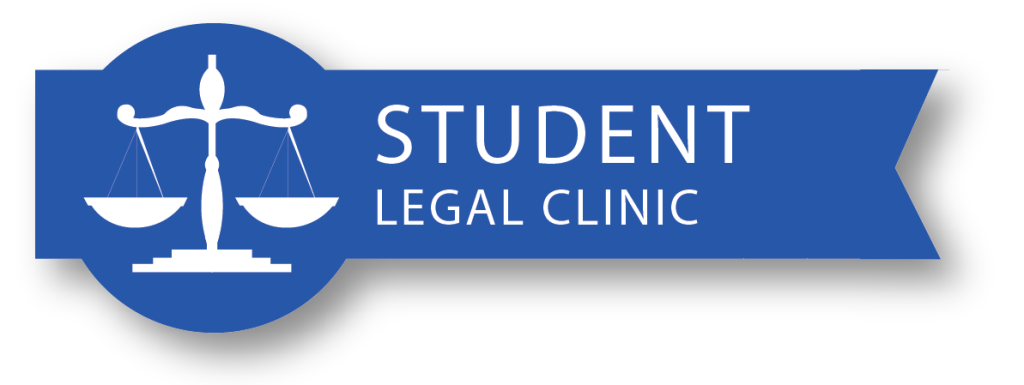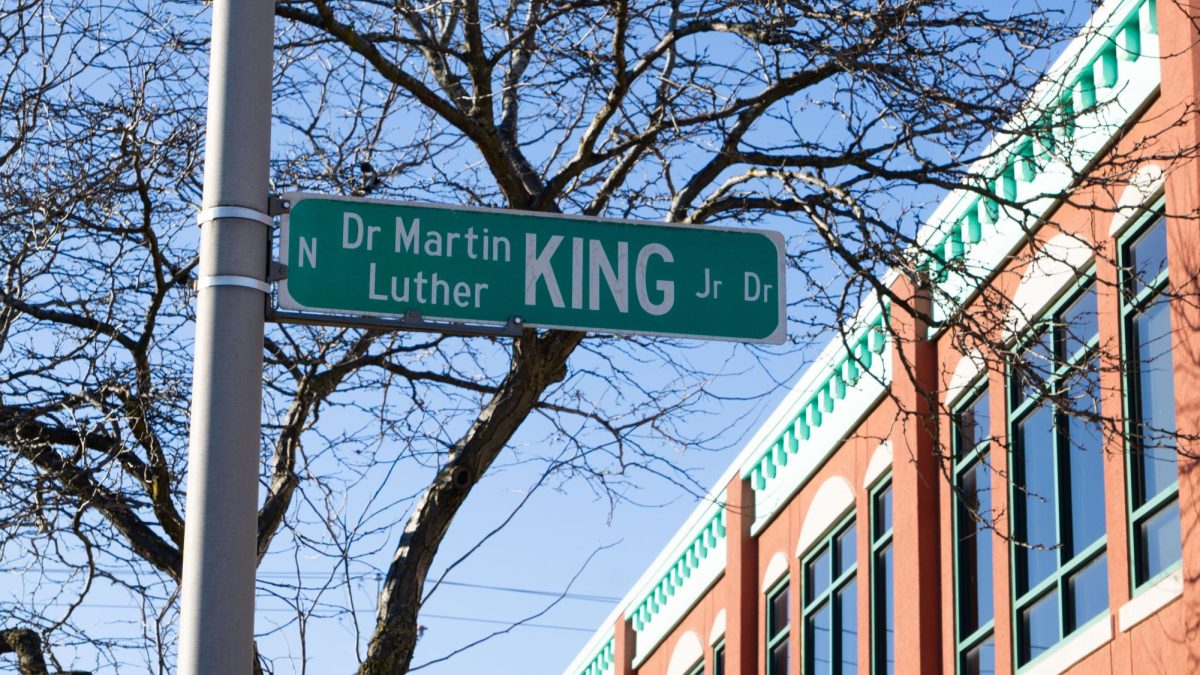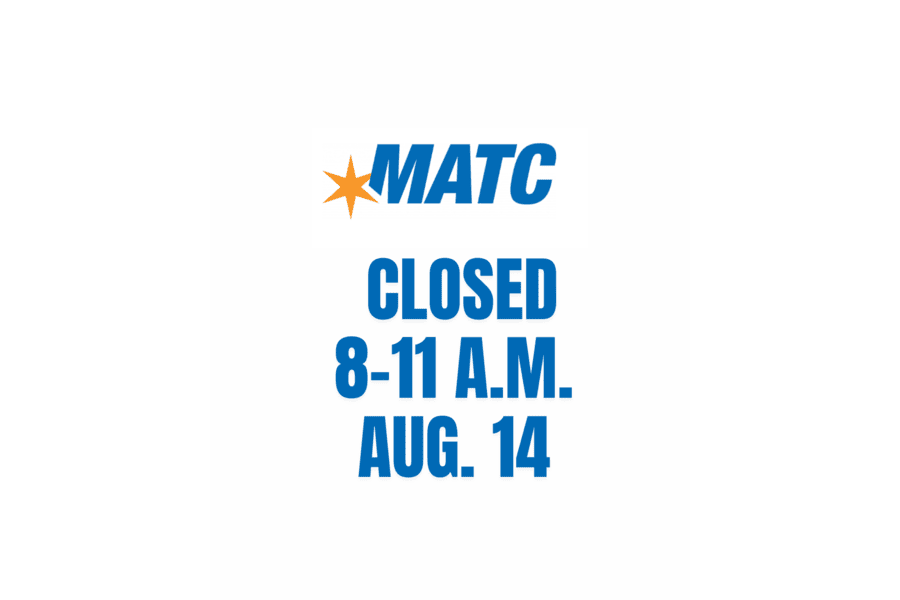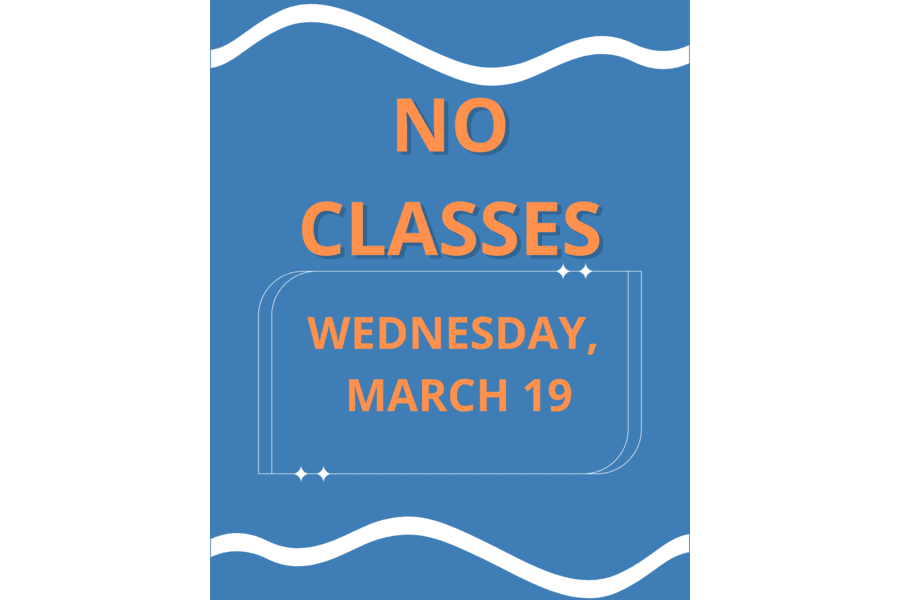“Terrific people and terrific newspapers” is how Tom Gould remembers his time with the MATC Times. Gould served as the Times’ advisor for 35 years until he retired in 2006. During that time Gould witnessed many changes at the college, including the expansion from one campus in Downtown Milwaukee to the addition of the three campuses in Mequon, Oak Creek and West Allis.
Gould began as a student at MATC, taking courses in journalism and speech. His original intention was to go into broadcasting. His journalism instructor, Marjorie Burke, took notice of his writing and encouraged him to submit articles to the Times. Burke was also the founder and original advisor of the newspaper.
Gould described Burke as being very proud of the paper and said she went to great lengths to instill a sense of professionalism in her writers.
Gould continued to contribute to the Times, becoming the sports editor during his first year as a student. He became the Times’ editor-in-chief the following year and also worked for Burke as her assistant.
When Burke retired, Gould became the Times’ advisor. He also began teaching the same kind of journalism classes that first brought him to MATC. In an attempt to get his students involved in writing for the paper, Gould made it a requirement for his students to submit their work to every Times issue.
Gould fondly recalled the many students he has worked with over the years. During his time as advisor, the Times had 50 different editors-in-chief. Because of the constant student turnover, he came to expect that roughly 70% of his staff would consist of new students every fall.
Gould tried to ensure that the newspaper served as the voice of the students. “We always tried to let the students make the call,” said Gould. Nowhere was this more evident than on the Times’ editorial page.
Sometimes the viewpoints of the student writers ran contrary to popular opinion. Such was the case when a former editor ran an editorial supporting an extremely unpopular welfare reform program which involved supplying meals and a place to sleep to the needy, but no money. Gould remembers that almost every other media outlet in the city was against the program except the Times.
There were many more highlights than low points, according to Gould. One such highlight was a three-part series of articles the newspaper ran on the HIV/AIDS epidemic in the late eighties. The series put the reader in the place of a person who contracted the virus while educating them about it. Those articles earned awards for the editor who wrote them and the newspaper.
Another high point for Gould was learning the Times was viewed quite favorably by MATC’s faculty. In a faculty survey, the Times was named as one of the top five things faculty liked best about the college.
Although he is now retired, Gould still does some journalism work. He edits a newsletter for the Veterans of Foreign Wars organization and contributes to the MATC retirees’ newsletter. He also keeps in contact with his colleagues in the College Media Advisor’s organization.
When speaking with Gould, it is evident that working with the Times was a labor of love for him. “The paper was my life for a long, long time.

